Millions of people work in toxic environments, but that doesn’t make those places normal or acceptable. Though most organizations acknowledge the benefits of a healthy, functional culture, many managers wonder how to eliminate drama from their workplaces. Attorney and HR executive Patti Perez offers a detailed blueprint for identifying, mediating, and sustaining a productive, respectful culture. While she can be somewhat dry, the substance of Perez’s guidance proves well worth your attention. She capably covers dealing with sexual harassment, ethical dilemmas, and unconscious bias.
Talk is cheap when it comes to establishing a healthy workplace culture.
“Workplace culture” is a popular term throughout the corporate world. Studies show that having a strong culture boosts a firm’s bottom line, so it’s no surprise that companies want to create healthy environments. In reality, however, few organizations take the necessary steps to improve and sustain a productive culture.
Various factors characterize workplace culture, including employee interaction, employee contentment, corporate policies, office environments, salaries, and benefits. Determine where your culture fits among four basic types:
- Toxic – Substandard compensation and inadequate benefits destroy morale and, sooner or later, sabotage an organization’s chance to flourish.
- Mediocre – Employees receive adequate salaries and benefits, but experience little creativity or motivation beyond getting a paycheck.
- Good – Solid pay, attractive benefits, and caring managers foster an engaged workforce whose members embrace the company’s values...









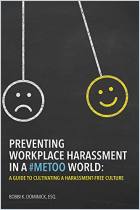

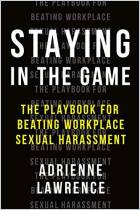
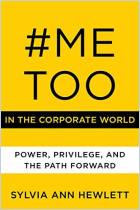

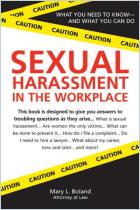


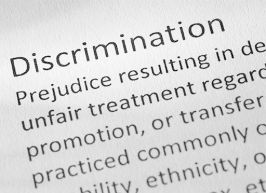





Comment on this summary or Start Discussion